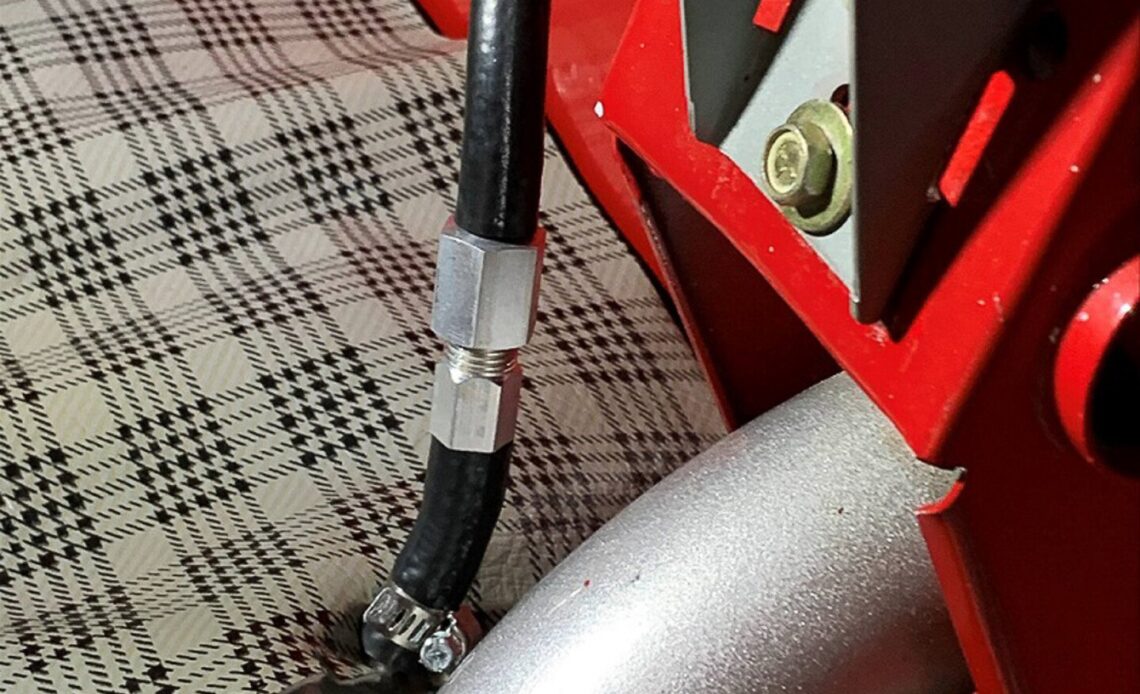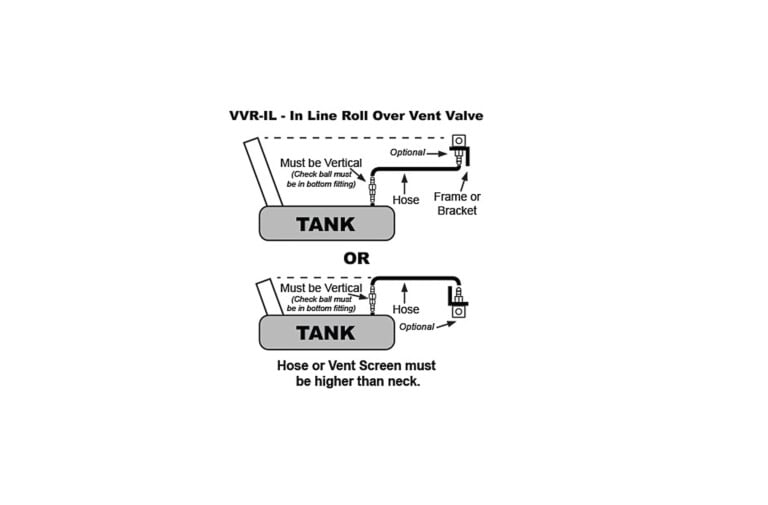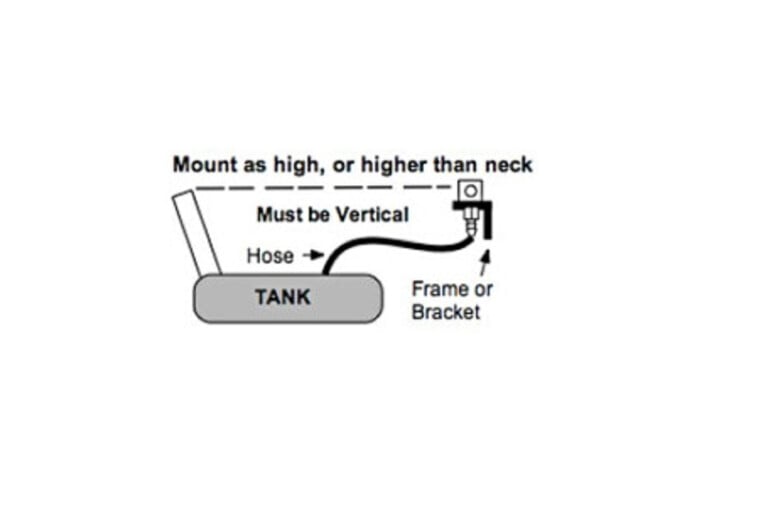A fuel tank’s job is to hold the go-go juice that powers your vehicle, but that tank has to be able to breathe so it can function. Fuel tanks have a vent that’s tasked with relieving the vacuum and pressure the tank is exposed to while in service. Tank’s Inc. explains how a fuel tank vent works, and how to properly vent your fuel tank.
Gasoline’s volume expands and shrinks as it warms up and cools down inside a fuel tank, this is one of the reasons you need to have a tank vent. Now, you can’t add fuel to the tank unless the air inside the tank has a place to go. Fuel can’t be drawn from a tank without letting air in. These are additional reasons you need to have a vent in your fuel tank.
Back in the day, vehicles used a vented gas cap to deal with a fuel tank’s vacuum and pressure needs. The holes in these gas caps did the job but could allow fuel to spill out during cornering. These days, a vent line takes care of venting a fuel tank and eliminates the need for vented gas caps.
According to its website, this is how Tanks Ink. recommends running a vent line for a fuel tank.
“If you are running a vent line it is important that the line is run higher than the highest point on the tank including the fuel filler neck. Also, the vent line cannot have a dip in it where fuel or condensation can get trapped in the line. If fuel becomes trapped in the line, your tank will then build pressure or vacuum until there is enough pressure to purge the vent, which will cause liquid gas or a gas odor to come from the vent line. If enough pressure builds up damage could be caused to your tank.”
Make sure you check the Tanks Inc. website right here to pick up the supplies you need to properly vent your fuel tank.
Click Here to Read the Full Original Article at DragzineDragzine…



